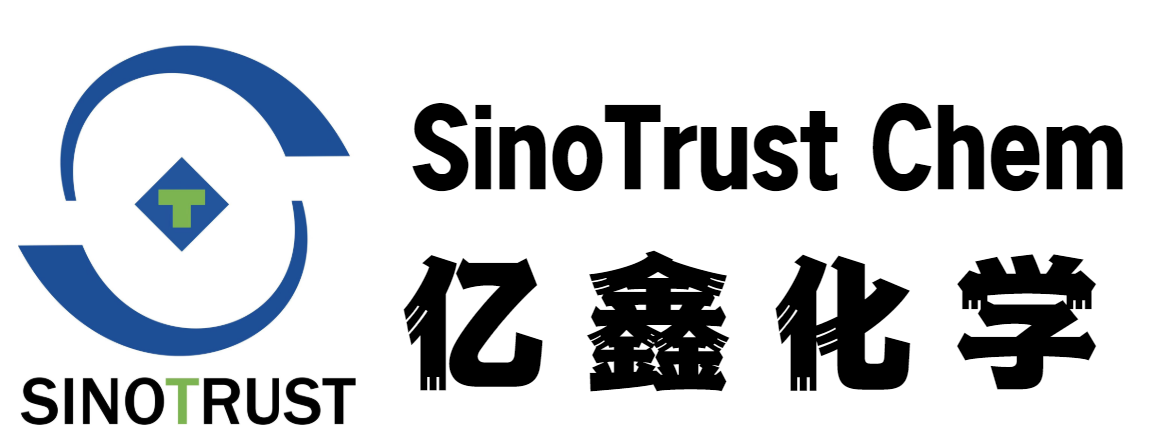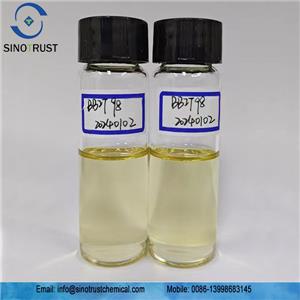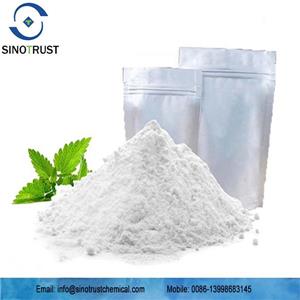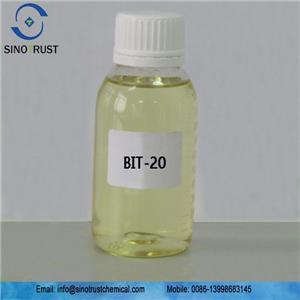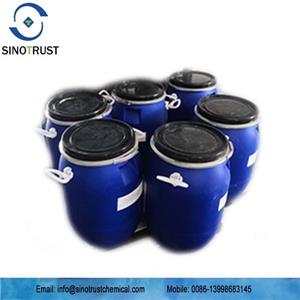The Preservatives used for Cosmetics
Daily chemical products, especially creams and lotions, need to be in contact with the face and skin for a long time. Facial cleansing milk, shampoo, etc. should also be in contact with the human body. If the cosmetic contains nitrite, it may be improperly stored or preserved in cosmetics. When the agent is used improperly, it may be reduced by bacteria or reducing substances in cosmetics to form nitrite, and the nitrite of nitrite and protein on the protein is a strong carcinogen, which is extremely harmful to the human body. Personal care products are items that are used daily or continuously in people's lives. At this point, the substances they add are more stringent than the drugs. In the process of production and use, they must be guaranteed to be safe and stable. In the production process, the process must be strictly controlled to prevent the formation of bacteria, and consumers are also faced with secondary pollution problems during use and storage. Therefore, it is necessary to add an appropriate amount of preservative to inhibit the growth and growth of microorganisms.
For the antiseptic control of cosmetics, the first thing is to avoid pollution in the production process, that is, "primary pollution". Primary pollution sources mainly include the following 6 aspects: production raw materials, water quality, environment, packaging, containers, and personnel. The second is to solve the problem of "secondary pollution", that is, the pollution of products during storage, transportation and use. The main way to solve the "secondary pollution" is to add reasonable preservatives. The antiseptic control of cosmetics, that is, the aseptic production of the product and the use of preservatives in the product are discussed and discussed
Application of preservatives:
A good production process can ensure that the product is not contaminated by microorganisms, but to maintain the shelf life of the product and prevent secondary pollution from consumers, a good anti-corrosion system must be selected. An antiseptic system can be composed of one or more preservatives, which can prevent cosmetics from being contaminated by microorganisms for a long time. In order to prevent mildew and antibacterial, it is essential to add effective preservatives in cosmetic ingredients, which is rich in adding nutrients Cosmetics are especially important.
What are common cosmetic preservatives?
1) Hydroxyphenyl esters
Hydroxyphenyl esters, also known as parabens, are the most widely used preservatives in cosmetics, including four compounds, paraben, ethyl, propyl, and butyl. It has a long history of use, broad-spectrum antibacterial, the highest antifungal activity, and strong stability.
2) Methyl isothiazolinone preservative (CMIT/MIT)
A mixture of methylchloroisothiazolinone and methylisothiazolinone (CMIT/MIT) is commonly known as Kathon, is currently widely used in antiseptic protection of wash-off cosmetics.
China stipulates that the maximum use limit of this product is 15 mg / kg (including retained and washed-out products), which is consistent with EU regulations for the use of this product. The US CIR stipulates that the maximum use limit of Carson in washed-out products is 15 mg / kg, while the maximum use limit in retained products is 7.5 mg / kg. Japan allows the use of carson in wash-off products, with a maximum limit of 15 mg / kg, and prohibits the use of carson in retention products.
In addition to being used in conjunction with other preservatives, MIT can also be used alone to protect the stability of the system. MIT has good pH and temperature stability, and can be used in formulation systems with a pH of 2-10. It is currently not recommended for use in retention products.
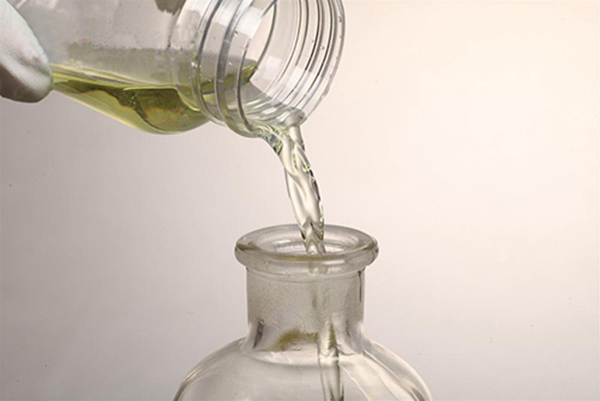
3) Iodopropynyl butyl carbamate preservative (IPBC)
IPBC Preservatives has a broad spectrum of antibacterial activity, especially has a strong anti-kill effect on molds and yeasts. It is currently the most effective antifungal agent and can be used with many preservatives. The agent is used in combination for good compatibility.
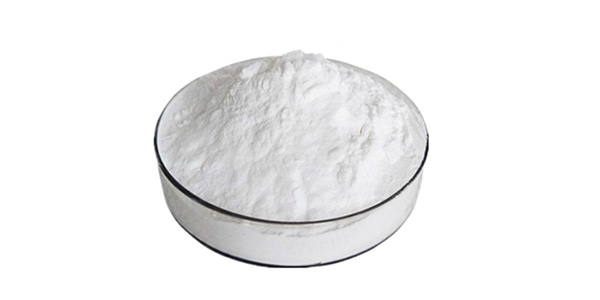
4) Bolopol Preservative
Bronopol is the abbreviation of 2-bromo-2-nitro-1,3-propanediol. It has a broad-spectrum antibacterial effect and can effectively inhibit most bacteria, especially gram-negative bacteria. The effect is excellent. It is unstable under high temperature and alkaline conditions, it will decompose and release formaldehyde, and it will decompose and turn yellow or brown.
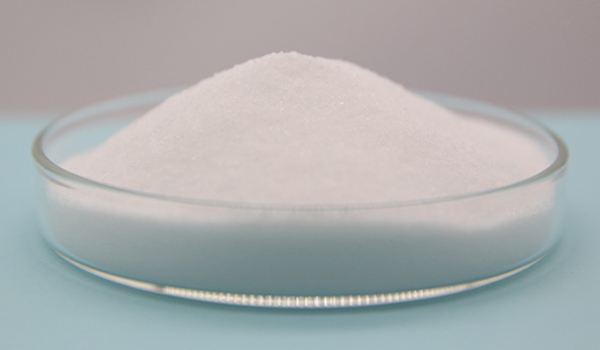
For other preservatives, such as PCMX, PHMB, Mixture of BIT & MIT, MIT-10, Sodium Pyrithione...,Welcome to contact us for further cooperation.
